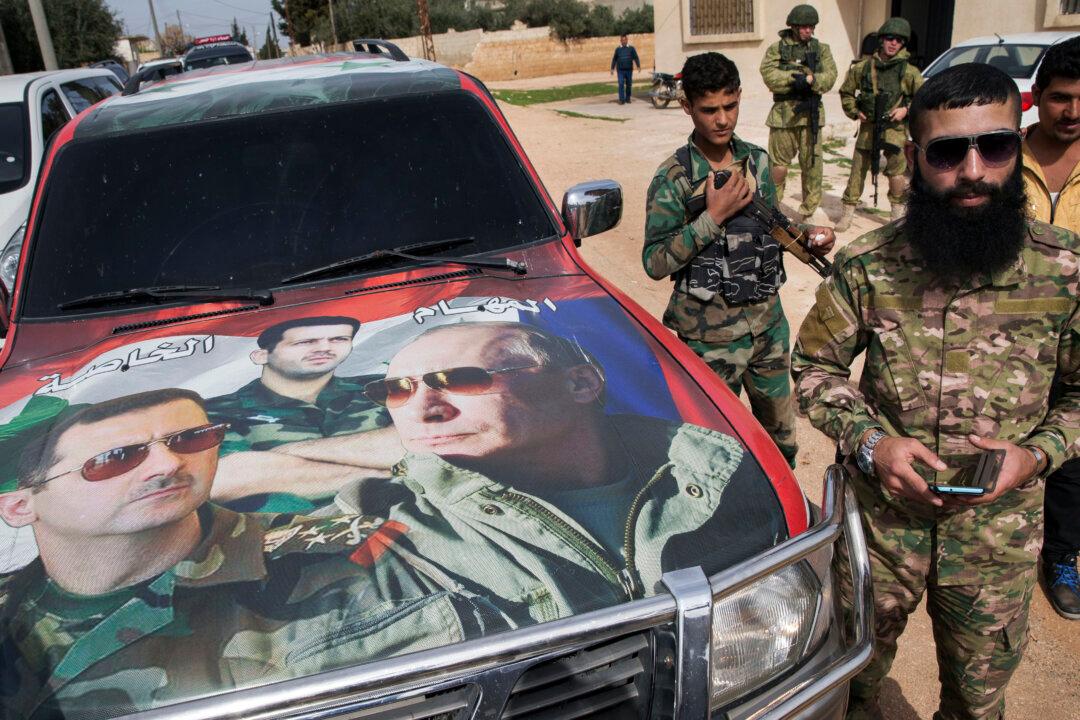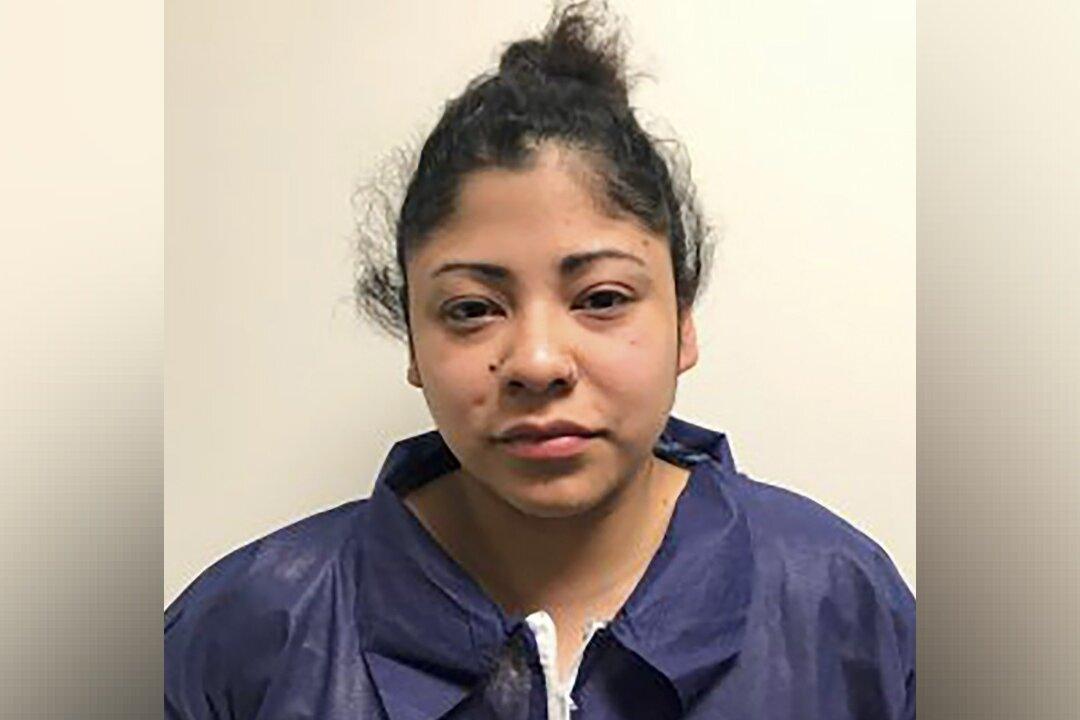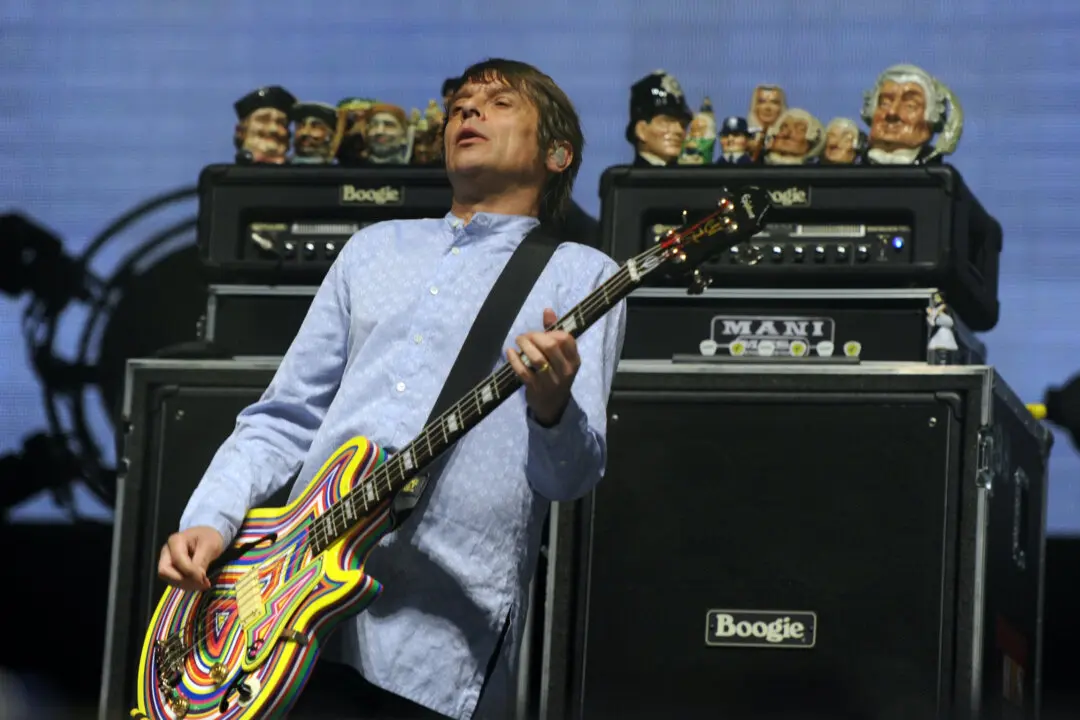LATAKIA, Syria—At first glance, the Mediterranean port of Latakia doesn’t look like a city at war. Its streets are jammed with traffic, stylish women chat under palm trees, and idyllic orange groves stretch for miles.
But the signs become apparent on closer inspection: a man in camouflage shopping with a Kalashnikov slung on his shoulder, the occasional military checkpoint, and rows of unfinished cottages and apartment buildings whose construction was interrupted by Syria’s 5-year-old civil war.
For a group of international reporters on a five-day trip to Syria organized by the Russian Foreign and Defense ministries, the contrasts were stark.
From our military-escorted bus, we rode through a relaxed and sun-splashed Latakia, located in the heart of President Bashar Assad’s Alawite homeland.






